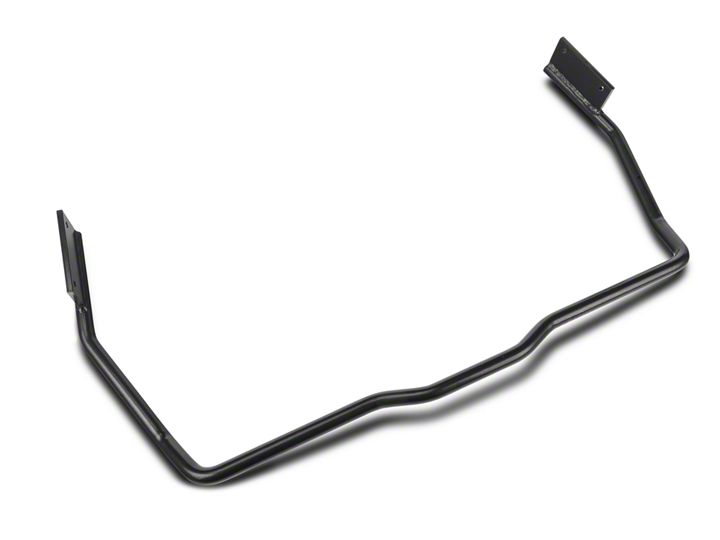
How to Install an ST Suspension Anti Sway Bar - Rear your 1979-2004 GT, V6 Mustang
Installation Time
1 hours
Tools Required
- Properly rated floor jack, support stands, and wheel chocks
- Combination wrench set
- Ratcheting socket wrench and socket sets
- Safety Glasses

Shop Parts in this Guide
Congratulations! You were selective enough to choose a SUSPENSION TECHNIQUES PRODUCT. We have spent many hours developing our line of products so that you will receive maximum performance with minimum difficulty during installation.
Note: Confirm that all of the hardware listed in the parts list is in the kit. Do not begin installation if any part is missing. Read the instructions thoroughly before beginning this installation.
Warning: Do not work under a vehicle supported by only a jack. Place support stands securely under the vehicle in the manufacturer’s specified locations unless otherwise instructed.
Warning: Do not drive vehicle until all work has been completed and checked. Torque all hardware to values specified.
Reminder: Proper use of safety equipment and eye/face/hand protection is absolutely necessary when using these tools to perform procedures!
Note: It is very helpful to have an assistant available during installation.
KIT INSTALLATION
1. Open the hardware kit and remove all of the contents. Refer to the part list (Page 2) to verify that all parts are present.
2. Park the vehicle on a smooth, level concrete or seasoned asphalt surface and activate the parking brake. Block the FRONT wheels of the vehicle with appropriate wheel chocks; making sure the vehicle’s transmission is in 1st gear (manual) or “Park” (automatic).
3. Using a properly rated floor jack, lift the REAR wheels of the vehicle off the ground. Place support stands, rated for the vehicle’s weight, and in the factory specified locations. Refer to the vehicle Owner’s Manual. Prior to lowering the vehicle onto the stands, make sure the supports will securely contact the chassis.
4. It is very important that the vehicle is properly supported during this installation to prevent personal injury and chassis damage! Make sure that the supports stands are properly placed prior to performing the following procedures. We DO NOT recommend using wheel ramps while performing this installation.
5. Slowly lower the vehicle onto the stands and, before placing the vehicle’s entire weight on them, again check that they properly and securely contact the chassis as described above. Check for possible interference with any lines, wires, cables, or other easily damaged components.
6. Remove the four bolts securing the original equipment anti-sway bar to the trailing arms. Note the position of the anti-sway bar in the vehicle to ease in the installation of your new Suspension Techniques anti-sway bar. Remove the original equipment anti-sway bar and the traction bar plates.
7. Install the new Suspension Techniques anti-sway bar onto the vehicle in the same position as the original equipment anti-sway bar you just removed, and secure it with the original equipment bolts and J-clips.
8. The traction plates can be re-used if you modify them for clearance as shown in the diagram. Cut or grind the nuts in half. Use short mountings bolts or shorten the stock bolts. Use thread-locking compound when reinstalling the bolts. Use grade 8 bolts if you replace the stock ones

9. Check that all components and fasteners have been properly installed, tightened and torqued.
10. Check brake hoses, steering and other components for any possible interference.
11. Lift vehicle and remove support stands. Carefully lower vehicle to ground.
12. Immediately test-drive the vehicle in a remote location so that you can become accustomed to the revised driving characteristics and handling. Be aware that the vehicle will handle substantially different now that it has been modified.
13. Installation is complete. Check all of the hardware and re-torque at intervals for the first 10, 100, 1000 miles.


